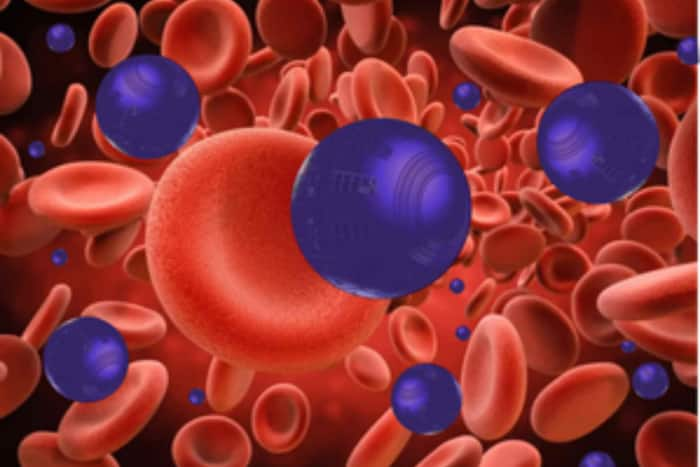Bladder cancer has one of the highest incidence rates in the world and is the fourth most common tumor in men.
London: A team of Spanish researchers has managed to reduce the size of bladder tumors in mice by 90 percent using a single dose of urea-powered nanorobots.
Bladder cancer has one of the highest incidence rates in the world and is the fourth most common tumor in men.
Despite the relatively low mortality rate, almost half of bladder tumors resurface within five years, necessitating continued patient monitoring.
Frequent hospital visits and the need for repeated treatments contribute to this type of cancer being one of the most expensive to cure.
Although current treatments that administer drugs directly into the bladder show good survival rates, their therapeutic efficacy remains low.
In the study, published in the journal Nature Nanotechnology, researchers used nanorobots: small nanomachines consisting of a porous sphere made of silica. Their surfaces contain different components with specific functions.
This includes the enzyme urease, a protein that reacts with urea in the urine, allowing the nanoparticle to propel itself. Another crucial component is radioactive iodine, a radioisotope often used for the topical treatment of tumors.
These improvements aim to shorten the duration of hospital stay, implying lower costs and greater comfort for patients, said the team led by people from the Institute of Bioengineering of Catalonia (IBEC) and CIC biomaGUNE in collaboration with the Institute for Research in Biomedicine (IRB). Barcelona) and the Autonomous University of Barcelona (UAB) in Spain.
“With a single dose, we saw a 90 percent reduction in tumor volume. This is significantly more efficient as patients with this type of tumor typically have 6 to 14 hospital appointments with current treatments. Such a treatment approach would increase efficiency and reduce the length of hospital stay and treatment costs,” said Samuel Sanchez, ICREA research professor at IBEC and leader of the study.
The next step, which is already underway, is to determine whether these tumors return after treatment.
In previous research, the scientists confirmed that the self-propulsion ability of nanorobots allowed them to reach all bladder walls.
This new study goes even further by demonstrating not only the mobility of nanoparticles in the bladder, but also their specific accumulation in the tumor. This achievement was made possible by several techniques, including medical positron emission tomography (PET) imaging of the mice, as well as microscopy images of the tissues removed upon completion of the study.
The latter were recorded using a fluorescence microscopy system developed specifically for this project at IRB Barcelona. The system scans the different layers of the bladder and provides a 3D reconstruction, allowing observation of the entire organ.


